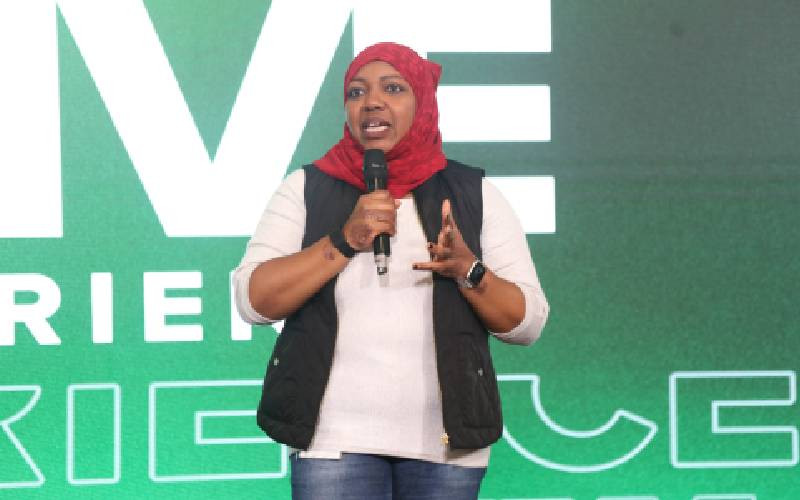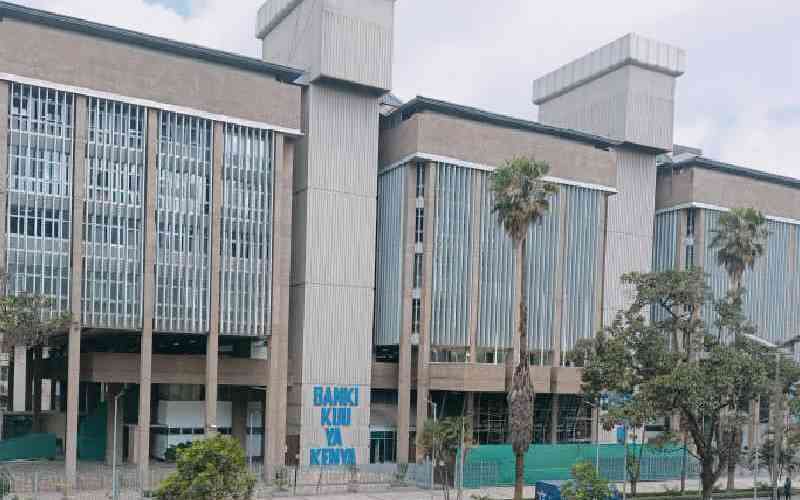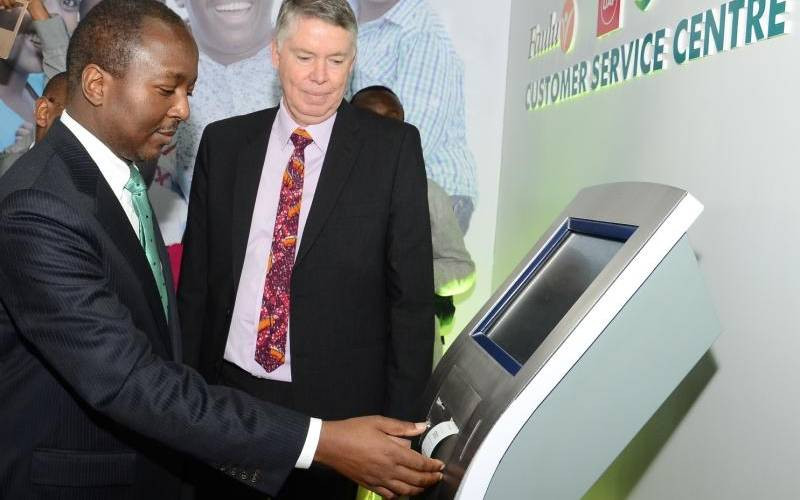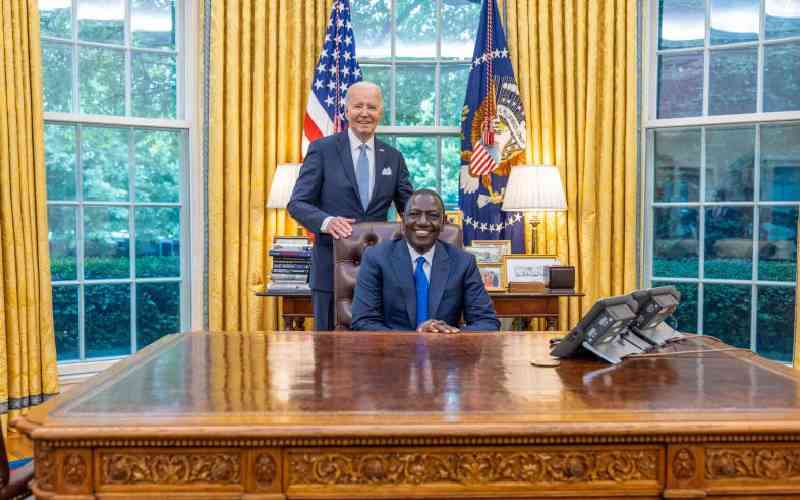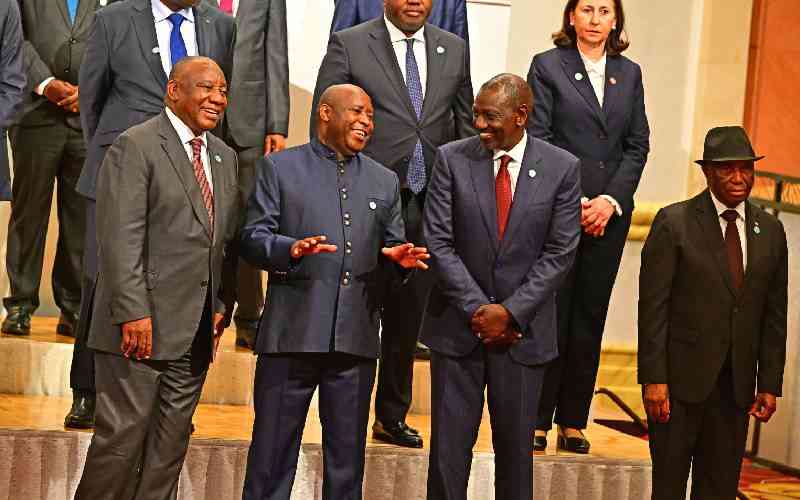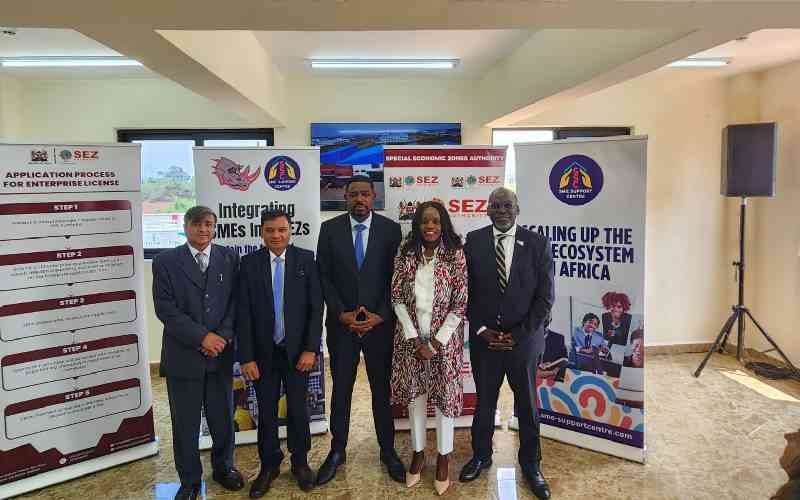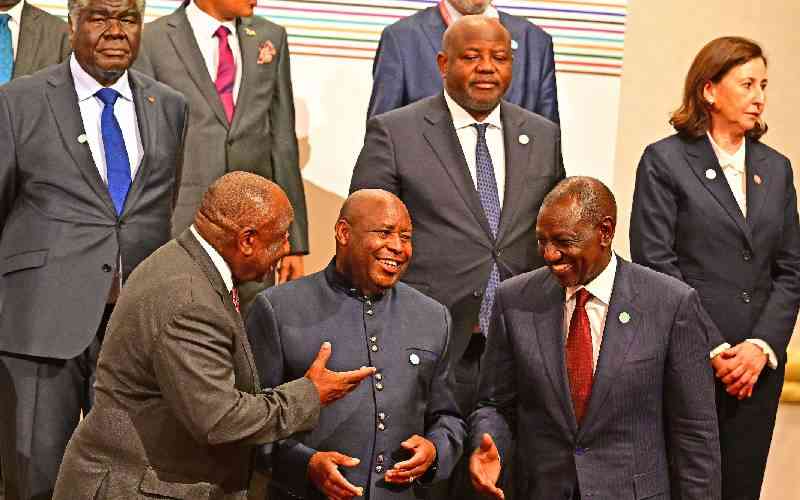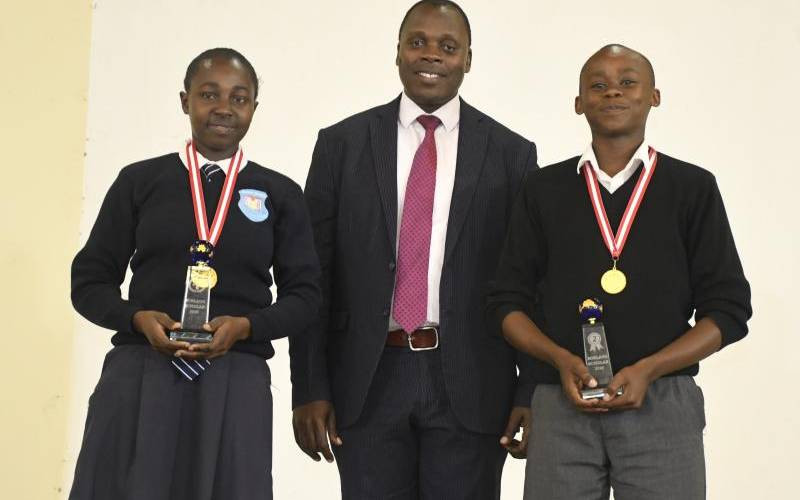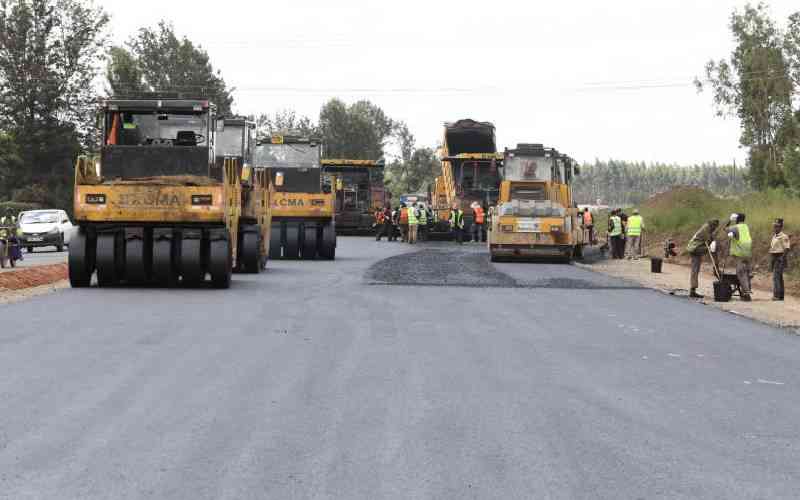
“Name them!”, the media demanded. “Name and shame them”, was the Kenyan cry of the past. “Name them, jail them and recover our money” is the present clamour in our interesting Gen Z times. Yes, we’re talking about the C-word — corruption.
For the second time in a fortnight, President William Ruto has accused Parliament — once firmly under his party’s control before broad-based government arrangement weakened Opposition voices — of soliciting bribes and other favours in exchange for favourable decisions in the August House.
Just in case you missed it, his “anti-corruption” comments at last week’s Devolution conference followed similar, but far less publicised, remarks to Kenya’s captains of industry and services at a Presidential Roundtable with the Kenya Private Sector Alliance a little over a week earlier.
Remember, this is the “corrupt” Parliament that was reportedly “incentivised” to impeach a Deputy President in record time after conducting countrywide public participation in a single day. Parliament only acts with alacrity is when their personal interests on the line. It’s politics, stupid!
For the President, however, this is a definite climbdown from the early days of this regime when his cryptic warning message to the corrupt “go to jail or go to heaven”.
Oh, and if you’re confused, don’t forget that Kenya Kwanza won the 2022 election by NOT campaigning against corruption; we are constantly reminded that it wasn’t part of their platform!
The truth is corruption has never been off the table. I have termed it the Book of Revelations-style Fourth Horseman of our economic apocalypse; the other three comprising what Kenya Kwanza described as a “perfect economic storm” of global VUCA (volatility, uncertainty, complexity and ambiguity), local fiscal and debt stress and domestic structural economic balance.
Let’s also not forget that we had an early-version Kenya Kwanza manifesto in 2022, now disowned and discredited although the Internet never forgets, which opened by saying — “Kenya is a nation of peasants and poor folk whose true potential has been wasted by dynastic governments, where corruption as an income opportunity is criminalised among the poor but allowed for the wealthy. Our Kenya Kwanza government will open the floodgates of corruption to all hustlers…”! Yes, that’s the manifesto that was sitting on the UDA website before “The Plan” was launched.
In supporting the President’s stance, former Prime Minister Raila Odinga was subsequently quoted lamenting corruption across the three arms of government — Judiciary, Parliament and the Executive.
And both leaders were quick to throw the Judiciary under the bus on the claim that its decisions, judgments and rulings are hindrances to the war on corruption.
It is easy to lob accusations at the one arm of government whose right of reply rests on reason, not rhetoric.
Having said all of this, it should surprise no one that our national corruption discourse is all heat and no light; all talk and no action.
Over time, we have allowed our political elites to appropriate the anti-corruption agenda to the point where, on an almost daily basis in the public sphere even beyond these recent events, we end up with the corrupt lecturing us on corruption’s corrupt.
Oh, and whenever we see our leaders rushing to create new anti-corruption laws and regulations, remember this age-old observation by French philosopher-economist Frederick Bastiat, “when plunder becomes a way of life for a group of men in a society, over the course of time they create for themselves a legal system that authorises it, and a moral code that glorifies it”. We are here!
In fact, if we thought about it carefully, we are now at the point where every major public announcement on corruption pretty much presages the next wave.
Stay informed. Subscribe to our newsletter
Didn’t we just read conflict of interest revelations in our media five minutes after we passed a conflict of interest law? It’s not just “smoke and mirrors” here, but actual “smoke signals” within the conclave of the corrupt. It’s not about more “whistle blowing” but clever “dog whistling” for a specific audience.
And for every policy idea and project initiative, from affordable housing to universal health care, from Covid-19 emergency responses to disaster relief efforts; from road projects to bursary allocations; from education capitation to social protection stipends, there’s always a “cut”.
Maybe it’s time to turn the thinking on corruption around. I have argued before that corruption is the negative manifestation of government’s four major responsibilities.
In other words, how do we fix social policy problems, like education or health care, if we have policy capture? How do we escape our world of bribery and speed money for quality government services without a citizen-centric focus beyond Huduma Centres when we are told that e-citizen is itself corrupted?
How do we grow the economy and operate a stable fiscus if we budget for the stealing (ex-ante budgeted corruption) beyond stealing from the budget (ex-post procurement and other fraud)?
The answer might be to change our world view. Maybe we should turn this around to the idea that corruption is the norm, and good is the exception.
So we go back to the admission that our corruption is broadly systemic and increasingly societal. Remember, Kenya Kwanza did not win the 2022 election by campaigning against corruption (that is, they won the 2022 election by NOT campaigning against corruption).
How would this unpleasant world view help? To begin, it gives us our current corruption “baseline” (say, we are corruption level 8 out of 10). This is not about our history of corruption or the context that informs corruption, it is a simple statement of our corrupt picture of today.
Clearly, we will not move from level 8 to level 0 (zero-corruption) overnight, so the next thing we do is set our “getting better” target to say level 6 in five years. That’s our picture of tomorrow. It is not the unrealistic “zero corruption” picture we always build, it is our reality.
Now, it so happens that there are two ongoing, and related, study exercises on our corruption. The first is the International Monetary Fund’s Governance and Anti-Corruption Diagnostic for which we expect a report in October 2025.
This report will probably be full of “macro-babble” about risks (not findings) but hopefully it helps us understand our true state of economic and fiscal governance today. The second is civil society’s Shadow Governance and Anti-Corruption Diagnostic which will probably be launched around the same time as the IMF one. In addition to being a “home-grown” response to the IMF version, it is understood that this report will bring citizen voices to the hard analytics.
For both reports, I am really looking forward to how they paint our picture of today, and with some imagination, our picture of tomorrow without getting into a laundry list of proposals and recommendations. In other words, “we are this corrupt, so what does a realistic “better corrupt” look like for us?” This is more palatable than the corrupt lecturing us on corruption.
Frankly, there’s no point talking about fixing corruption if we are not talking about who or what it looks like in the first place. And how shall we slay the monster if it is all of us in the first place?
